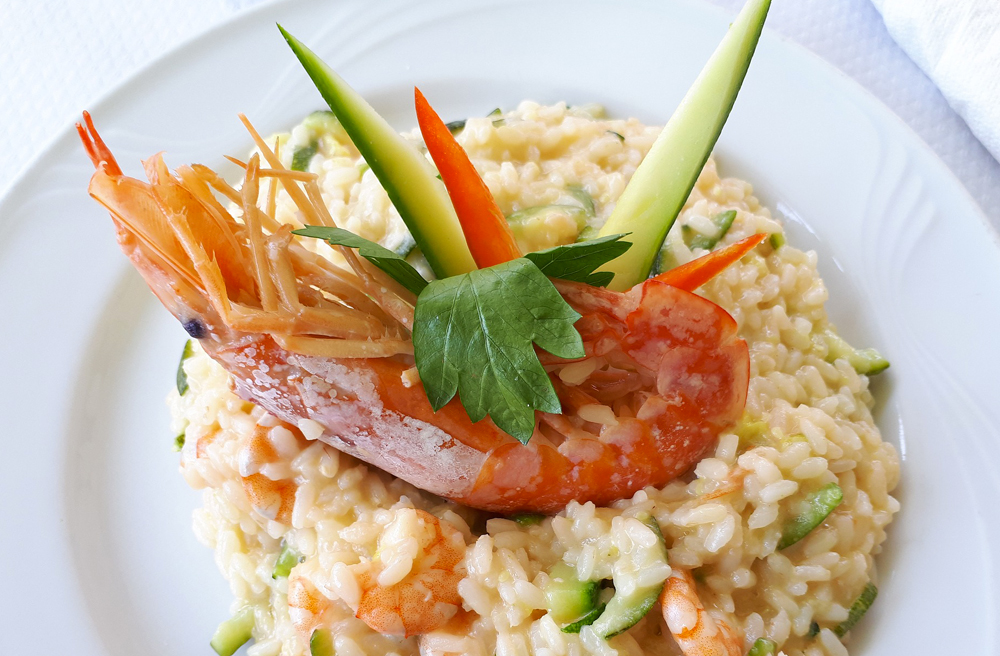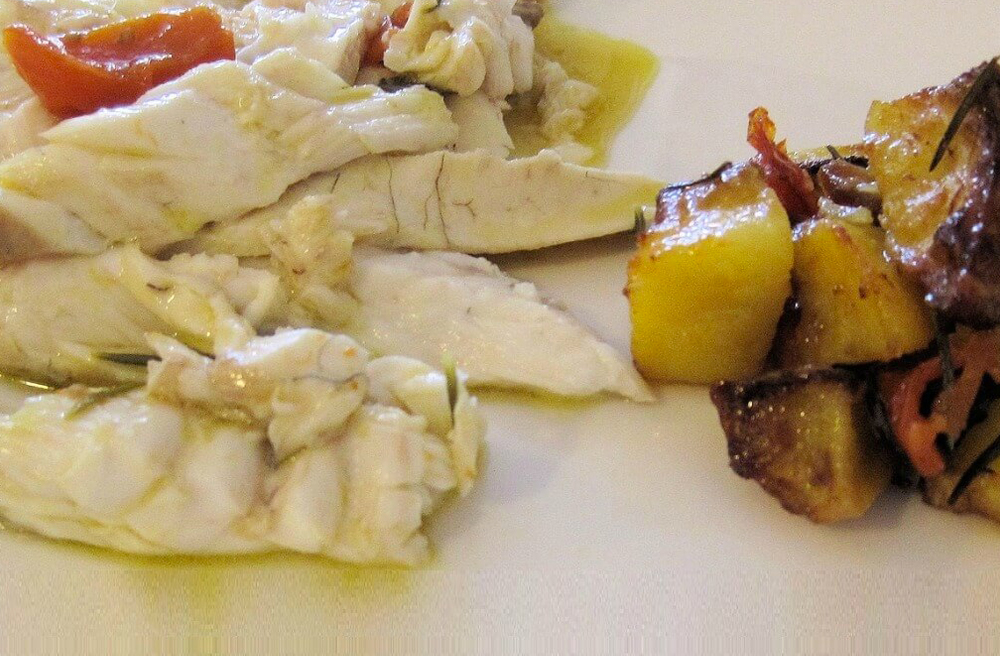Like any good seaside resort worthy of respect, Ostia too boasts an amazing cuisine with main courses based on seafood.
The Borghetto dei Pescatori and the nearby Fiumicino canal-port flotillas ensure top quality and optimal quantity of seafood every day but, as is well known, seafood seasonality and, above all, Chef’s art makes the real difference.
Chefs and Restaurateurs of Ostia offer menus linked to local fishermen tradition and classic recipes, revisited with small corrections according to taste and new trends.
Sauté of mussels
The sauté of mussels (but also of clams or both) is an appetizer or second course rich in flavor, very requested on the tables of the restaurants of Ostia. It is a dish that has few and simple ingredients, such as tomato, oil, garlic, parsley and white wine, which enhance the natural flavor of the shellfish used.
It is clear and obvious that the good taste almost completely depends on the quality of the seafood served. The term sauté, of French origin, indicates the particular cooking technique in which foods are sautéed over a high heat: it will be served express to customers.
Spaghetti with “telline” or clams
The tellina or arsella (cockles) is a bivalve mollusk that in abundance populates the sandy bottoms of the Roman coast. An important presence to the point that at the end of August in Ostia the “Sagra della Tellina” is celebrated. The best season for the collection and consumption of adult individuals goes from May to August, but also in other periods of the year there are plenty of cockles. With the exception of the month of biological shutdown (April), they can be professionally collected but also as amateur a few meters from the shore, provided that, in the second case, the 5 kg quota is not exceeded.
The cockles can be enjoyed in a variety of ways: on toasted bread (bruschetta), as a sauce for pasta and in a pan. Their preparation is simple: just make a lightly fried garlic in the EVO oil, lower them into the pan, wait for them to open and possibly add tomato (Pachino, cherry or sanmarzano) and chilli. This preparation serves the pasta sauce, which should be pulled halfway through cooking and whipped with the sauce, and sautéed. In the bruschetta the cockles must be strictly shelled and rarely served in tomato sauce. In any case, do not miss a final sprinkling of parsley cut into small pieces.
Spaghetti with clams, another popular dish appreciated in the Roman seafood cuisine, have more or less the same preparation technique, except that the tomato is almost given up. Particular care in the case of clams is reserved for creaming, which must be accompanied with a few tablespoons of cooking water to leave the spaghetti smooth and moist. Some people also like a sprinkling of untreated grated lemon peel.
Risotto “alla pescatora” (seafood risotto).
In restaurant menus the “seafood risotto” is a classic, a concentrate of sea flavours that can be presented with the different wording of risotto with seafood but which includes the same ingredients: mussels and clams, molluscs (squid or cuttlefish), prawns and fish fillets barbed.
The preparation is more complex than pasta, because the secret is in the seafood broth or in the preparation of the sauce base in which the rice will be cooked.
Baked turbot with potatoes
The turbot is a flat fish, of those species that, like the sole, live lying on the sandy bottoms. In winter, and until the beginning of spring, the turbot approaches the coast to reproduce: this is the period in which there is a greater abundance of them. The turbot today is one of the main products, on the market, that is also bred and is among those that have reached the best quality standards.
The most requested and appreciated turbot preparation is baked with potatoes: seasoned with a little salt, extra virgin olive oil and pepper, it takes about 40 minutes in the oven at 180 ° C to get a complete cooking. This means that customers at the table must estimate such an expectation to be certain that everything is prepared in the best possible way.
Fried fish from “paranza”
The fried fish, even in its simplicity, is the quality test of seafood served at a table in restaurants: each factor has an absolute value to achieve the best result in taste and preparation. It goes without saying that the freshest fish best enhances its flavour in frying, but both the quality of the flour used for smearing it (the crunchiness of fried food is a merit value) and the type of oil used for frying are equally important. .
The fried fish, of course, can relate to various species, the shrimp, the squid (the squid rings are very popular with children) and the “paranza“: this term refers to small but tasty pieces of fish, also dependent on seasonality: cod, mullet, “lattarini” in addition to squid and shrimp
.











